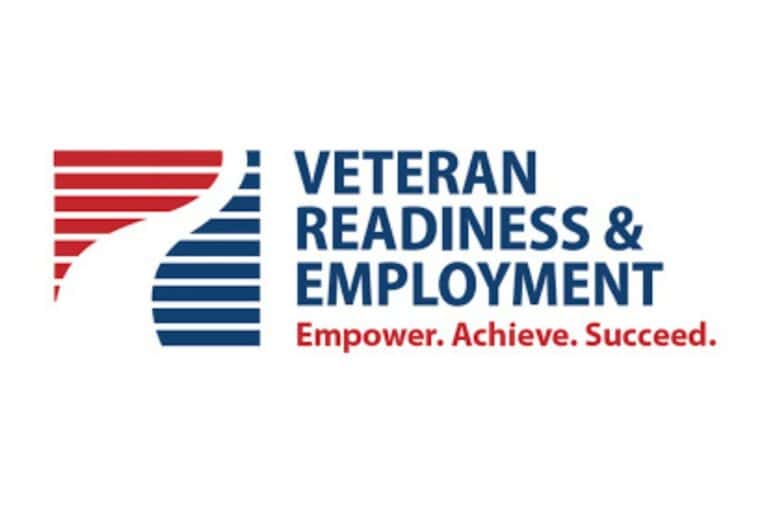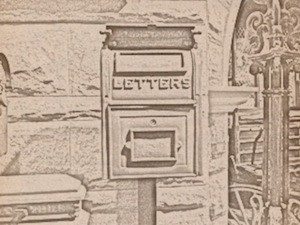H.R. 5288: Veterans Rehabilitation and Education Amendments of 1980
H.R. 5288: Veterans Rehabilitation and Education Amendments of 1980: Important? Knowing the background of Voc Rehab and the intention of Congress can help you reason with your counselor in a way practically no other veteran will do.
This is the Bill Congress approved to improve Chapter 31. Title I of this House Report sets out the modern foundation of what we know today as Chapter 31 Vocational Rehabilitation and Employment. The most important component of this legislation is the overview of what Voc Rehab is supposed to do:
“Revises existing veterans’ vocational rehabilitation provisions in order to provide all services necessary to enable veterans with service-connected disabilities to attain maximum independence, to become employable, and to obtain and maintain suitable employment.”
It became Public Law 96-466 and is now codified statutes within 38 USC Sections 3100 to 3120. Statutes are laws that are binding. Anything binding on a decision maker or veteran is called a Primary Source. Everything else is called a Secondary Source and can be used for persuasive purposes only.
Information on this process is only important insofar as your level of curiosity relating to the subject. Voc Rehab pays particular attention to 38 USC 3100 – 3120 and very little to the history and intent of Congress. However, intent of Congress does matter.
38 CFR Part 21.1 to 420 tells is the Code of Federal Regulations. These tell us how the Dept of Veterans Affairs interpreted 38 USC 3100-3120. While not laws, exactly, these regulations are basically laws, not exactly but almost as binding Whenever it is updated, we can locate the updates in the Federal Register. Many Voc Rehab offices do not stay updated on what the regulations or statutes say.
- Next, we have M-28 Advisory Rules. The M-28 tells us how Chapter 31 Vocational Rehabilitation & Employment interpreted and intended to carry out 38 CFR Part 21. This is a secondary source.
- Last, there is the Legislative History. The legislative history is also a secondary source and is all the information, including floor debates, that are compiled that tells us what the Legislators intended to do. You can use it to debate with a Voc Rehab counselor about what you are trying to do if you can find some support here. This is also considered a secondary source.
Source: The Library of Congress Thomas



